Skoda Karoq vs Volkswagen T-Roc: Comparison Review
Under the skin, the Skoda Karoq and Volkswagen T-Roc are based on the same platform and feature the same drivetrain. But the T-Roc is far more affordable. So, how does the Karoq justify its price premium?

Under the skin, the Skoda Karoq and Volkswagen T-Roc are based on the same platform and feature the same drivetrain. But the T-Roc is far more affordable. So, how does the Karoq justify its price premium?
Sibling rivalries have been in existence for a long time – from the Old Testament story of Cain and Abel to epic contests between Venus and Serena Williams, examples of sibling rivalry can be found in all walks of life. For instance, in the world of four-wheels, turbochargers and direct injection, Skoda and Volkswagen are good examples. And their latest offerings – the Karoq and T-Roc – are no exception.
The T-Roc charms, with its quirky design, performance, handling, and, of course, rock-solid build quality. But it’s far from perfect. The fit-and-finish is questionable for a Rs 20 lakh car, and its rear seat space is nothing to write home about either. The Skoda Karoq, on the other hand, seems to address both these concerns, thanks to its larger dimensions. It does, however, demand roughly Rs 5 lakh more than the T-Roc. On the face of it, then, both seem to have their respective pros and cons – a sibling rivalry at its best!
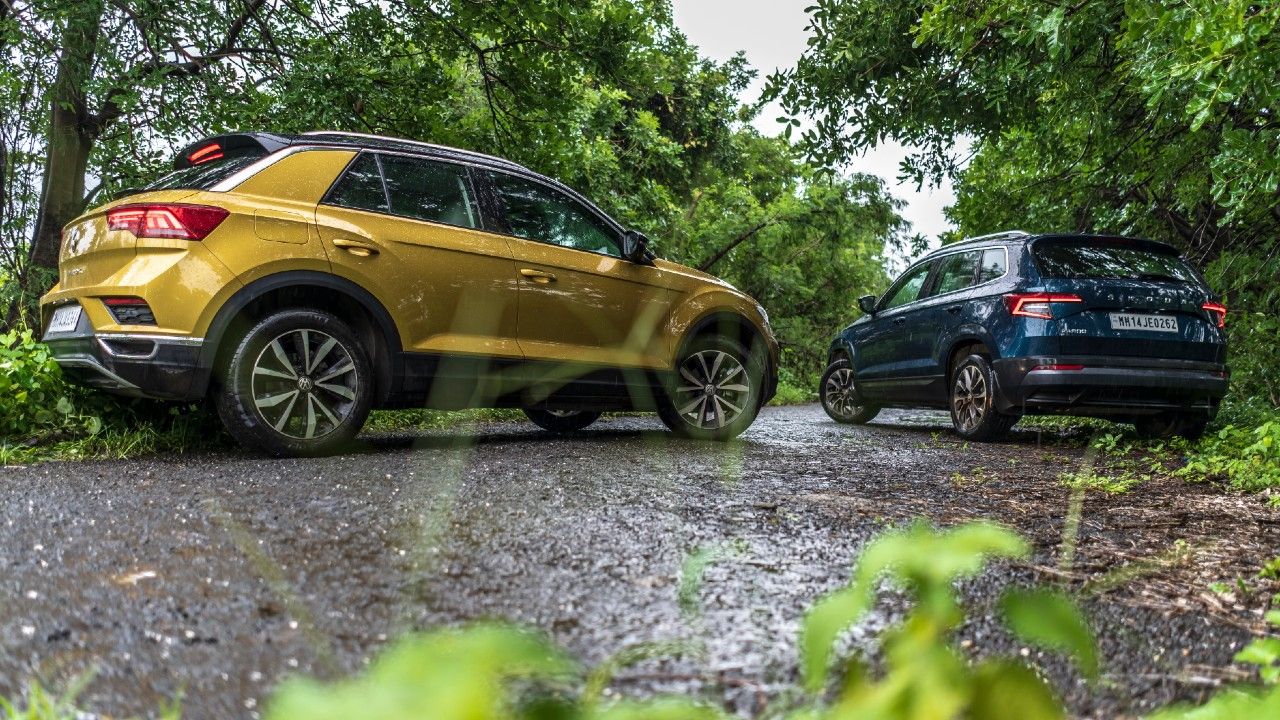
Design Duel:
Both the T-Roc and Karoq might have the same platform and engine, but they are poles apart on the outside. The T-Roc features unorthodox design elements, like the DRLs, which double as turn indicators, and the coupe-like C-pillars. The Karoq, on the other hand, is a more mainstream SUV-like design, but it isn’t quite as spellbinding. But, considering that it’s luxury-focused, the Kodiaq-inspired design works pretty well. A quick glance at both cars is enough to tell you that the Karoq is the bigger of the two. The Skoda is considerably longer and taller than the VW. In fact, it has a longer wheelbase too, something that’s evident inside the cabin. But more on that later.
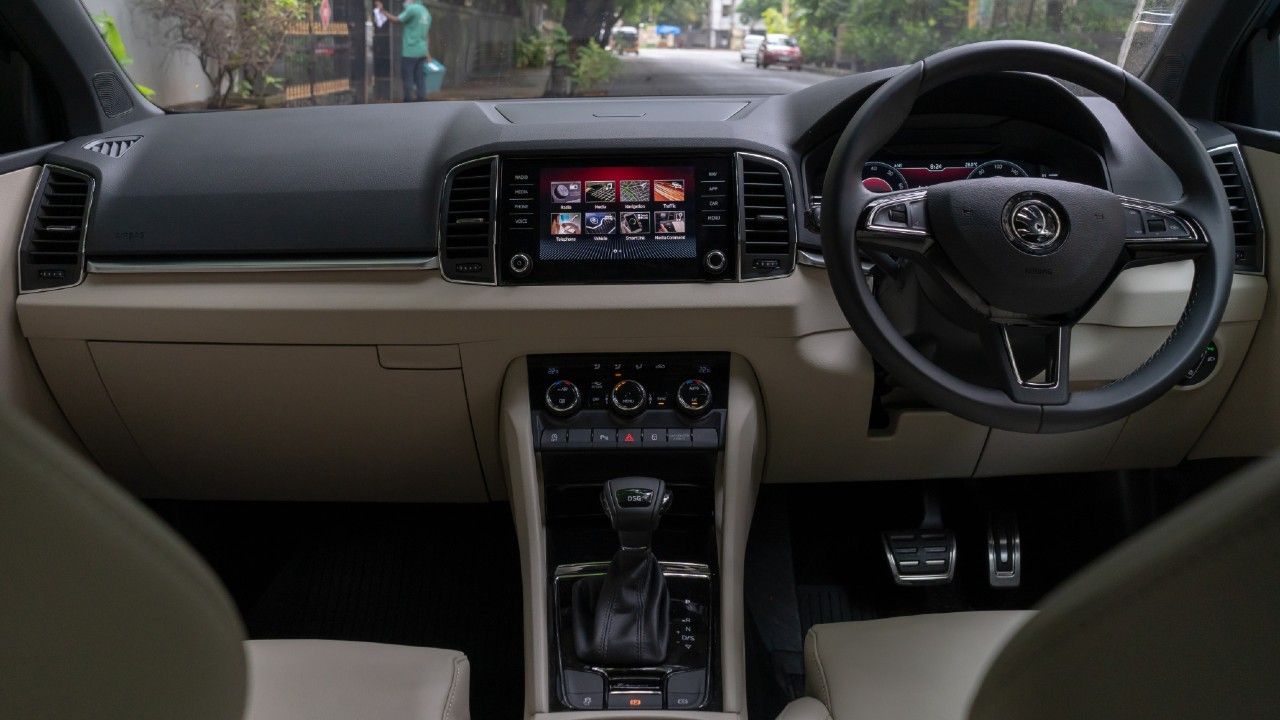
Inside the box:
The difference between the T-Roc and Karoq becomes apparent as soon as you step inside the cabin. Everything looks and feels more upmarket in the Skoda. The quality of materials and overall fit-and-finish is superior too. The orderly dashboard has an 8.0-inch touchscreen infotainment system, fully loaded with Apple CarPlay and Android Auto. While it’s the same size in the T-Roc, the multi-colour display in the Karoq is more pleasing. It also gets in-built navigation, something that the T-Roc misses out on. The steering wheel in the Karoq is the same as the one we’ve seen in the Superb. Behind the wheel, the Karoq gets the all-digital virtual cockpit, which also looks richer than the one in the T-Roc.
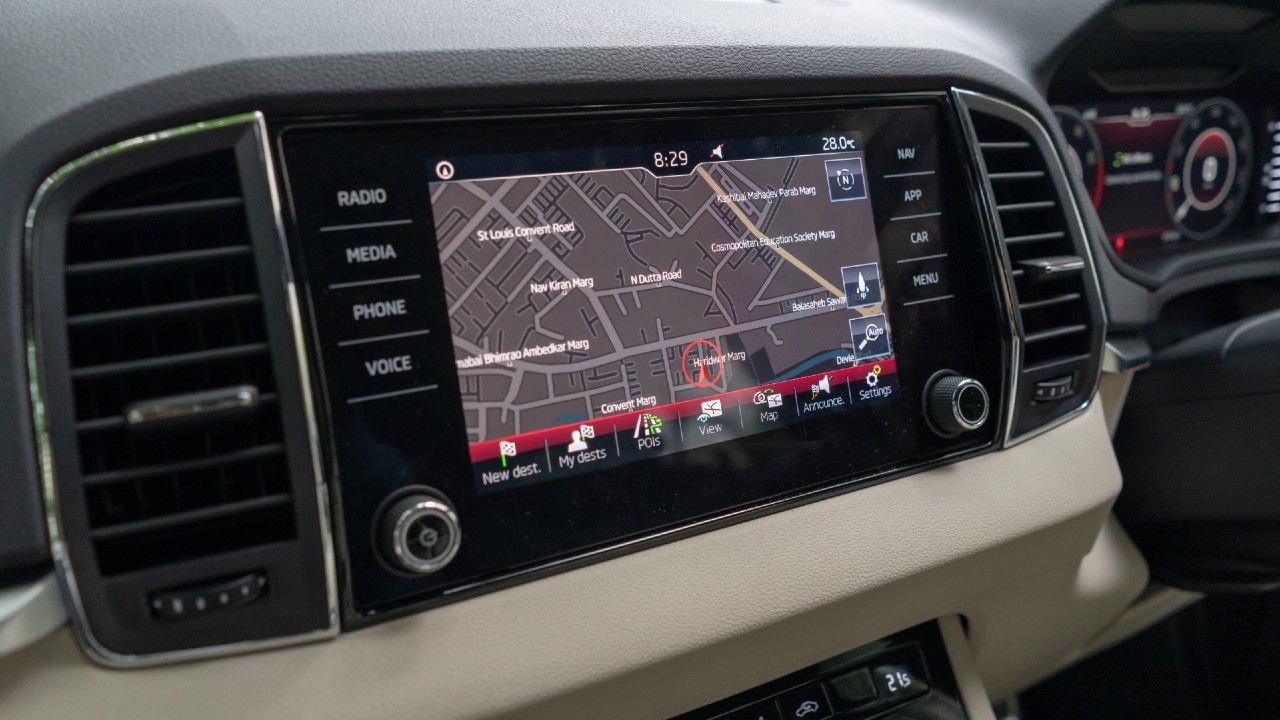
In terms of comfort, the Karoq’s front seats are better bolstered in comparison to that of the T-Roc. The driver also gets electric seat adjustments. The Karoq is the larger of the two and has a longer wheelbase, which is clearly evident when you get into the back seat. There’s a little more room for your feet and legs, which means that taller passengers will be relatively more comfortable here. In addition, thanks to the use of lighter materials and a larger panoramic sunroof, the Karoq also feels more spacious. Plus, it has a larger boot, at 521 litres, as compared with 455-litres for the T-Roc.
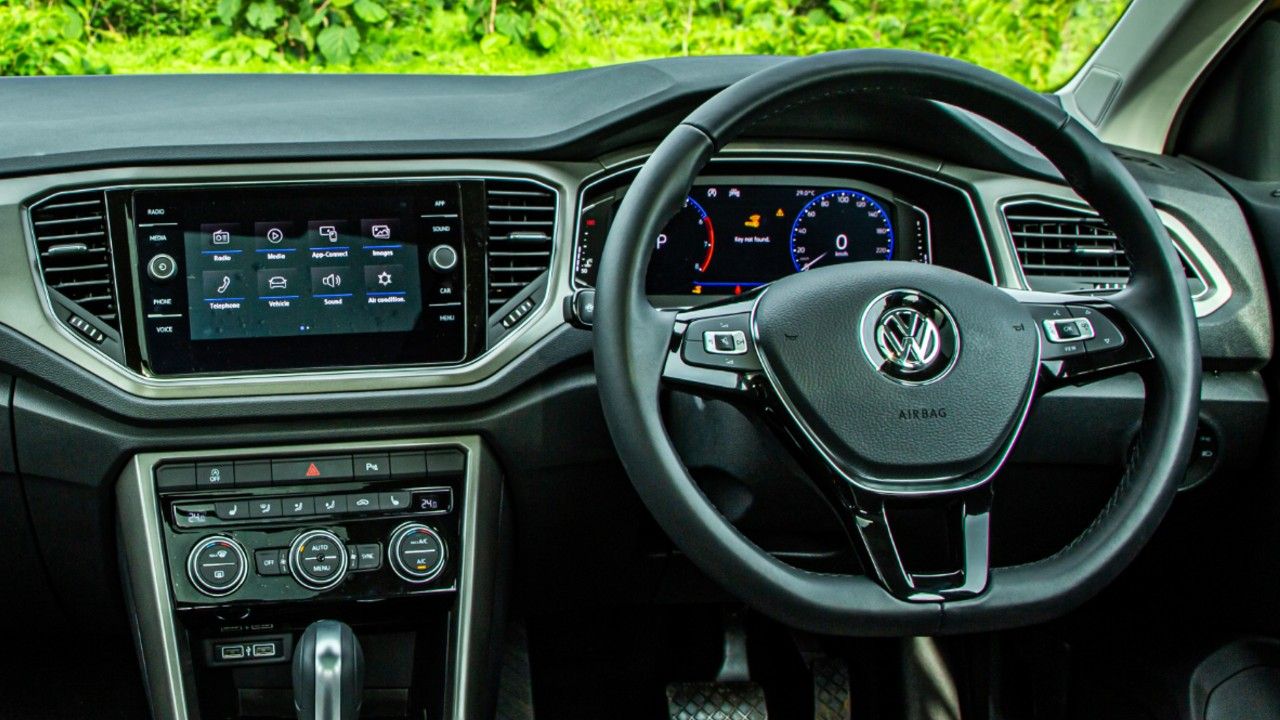
The T-Roc’s interior doesn’t look exceptional by any means. The plastics are hard, and the interior doesn’t feel premium. VW doesn’t offer customisation options, like in the European-spec models, so what you get is simply a dash finished in gun-metal. And while the infotainment screen isn’t as vibrant as the one in the Karoq, it has all the features you need. The instrument cluster also tells a similar story. The biggest difference between the two, however, is that the T-Roc’s dash is more driver oriented – which suits the nature of the machine. Space-wise, of course, the T-Roc is not as spacious as the Karoq, but it’s still sufficient for four adults. The seatback for rear passengers, meanwhile, is quite upright in both cars.
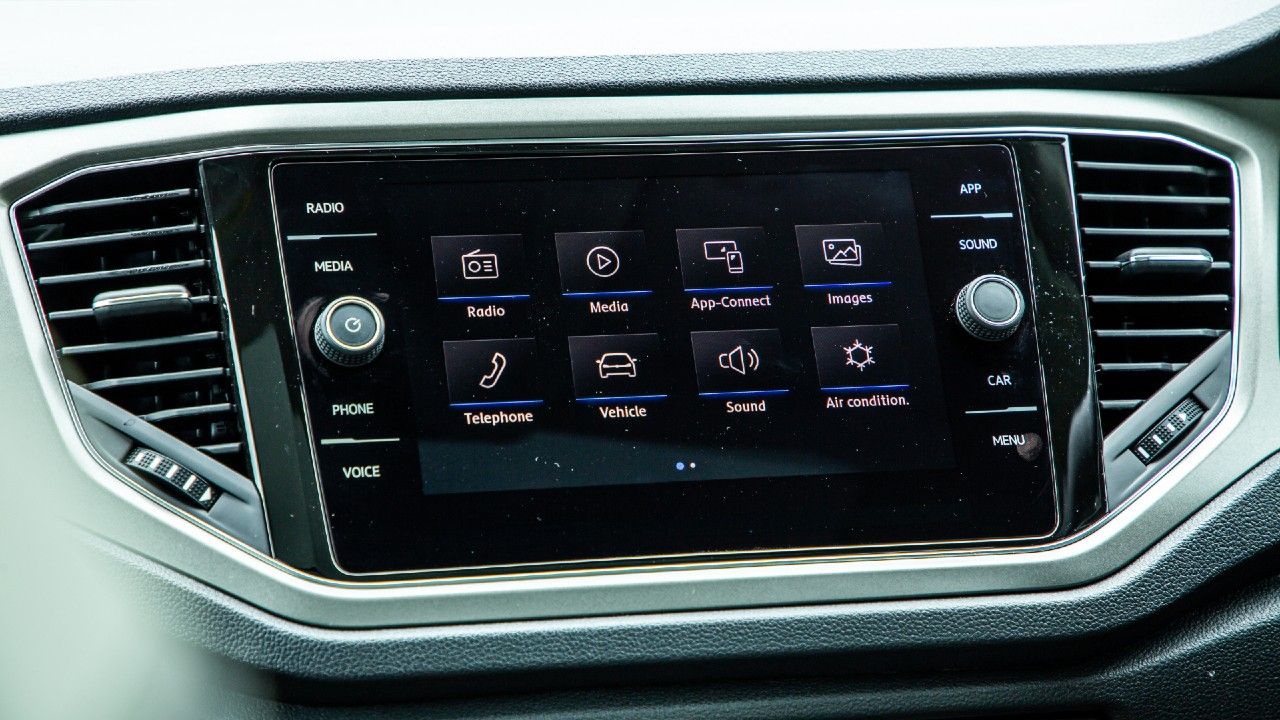
The features list is reasonably long for both cars, but the Karoq has an edge over its sibling, thanks to the electrically adjustable driver seat, with memory function, cruise control, aluminium sport pedals, and two additional speakers. Although both cars have scored a perfect 5-star rating in the Euro NCAP tests, the Karoq is marginally better in terms of safety, with its class-leading 9 airbags. The T-Roc, on the other hand, also gets lane-keeping aid.

Singing the same tune
Both cars come with a 1.5-litre turbocharged petrol unit, which develops 148bhp and 250Nm. Max torque kicks in at around the 1,500rpm and stays strong till around 3,500rpm, which makes driving it incredibly easy. The difference between the two lies in the way the power is delivered.
The Karoq doesn’t feel as energetic as the T-Roc, and is relatively more relaxed and easy-going. That’s not to say that it’s sluggish in any sense of the word – it still feels quite quick, but it is a little more composed and mature in terms of power delivery. Overall, both cars are more or less similar in terms of performance. The T-Roc may be marginally faster to get to 100km/h, thanks to its 50kg weight advantage, but it’s something that you realise only when you connect it to a V-Box. In the real world, the difference is insignificant.
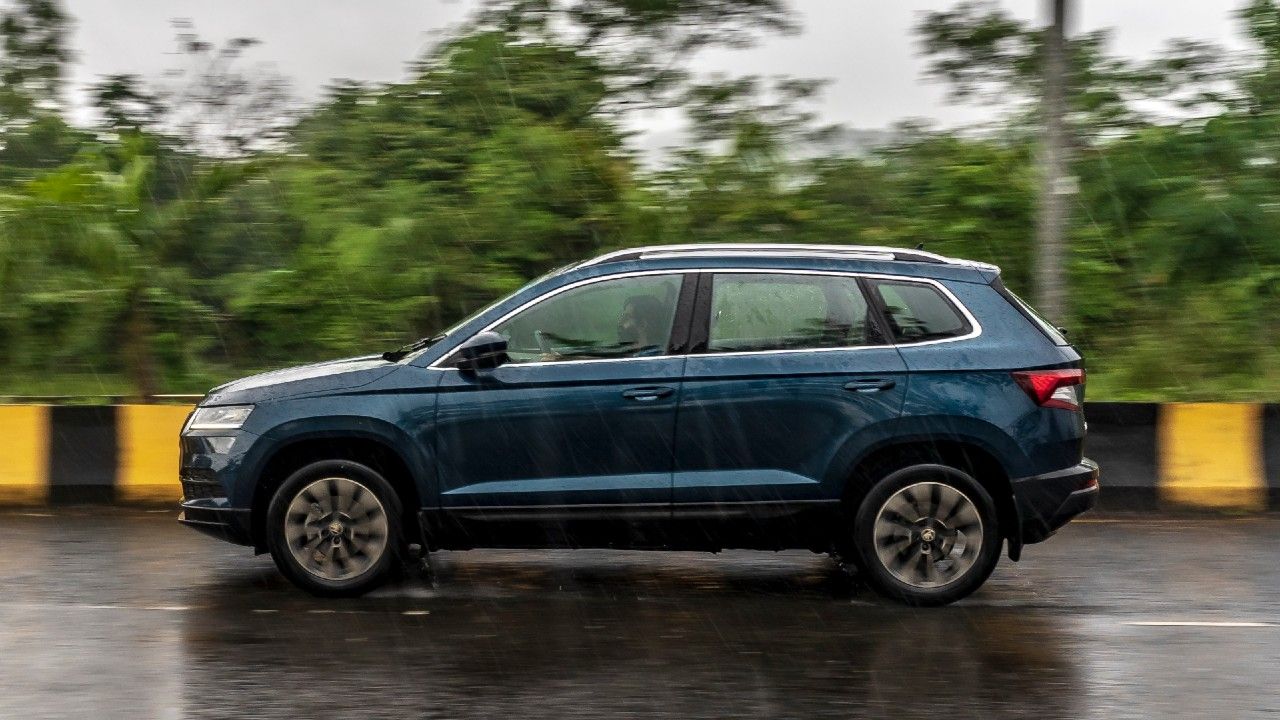
The 7-speed DSG, with its slick shifts, makes driving both cars quite easy. The real difference between the two lies in the way they ride and handle. The T-Roc has a significantly stiffer setup, which, along with its compact dimensions, makes it far more agile. Also, it has well-contained body roll, and it corners noticeably flatter. Needless to say, the stiffer springs result in a far harsher ride. Go over a pothole, even at low and medium speeds, and you’ll feel it inside the cabin. Even sharp surface joints are met with an audible thud and a jolt to passengers inside.
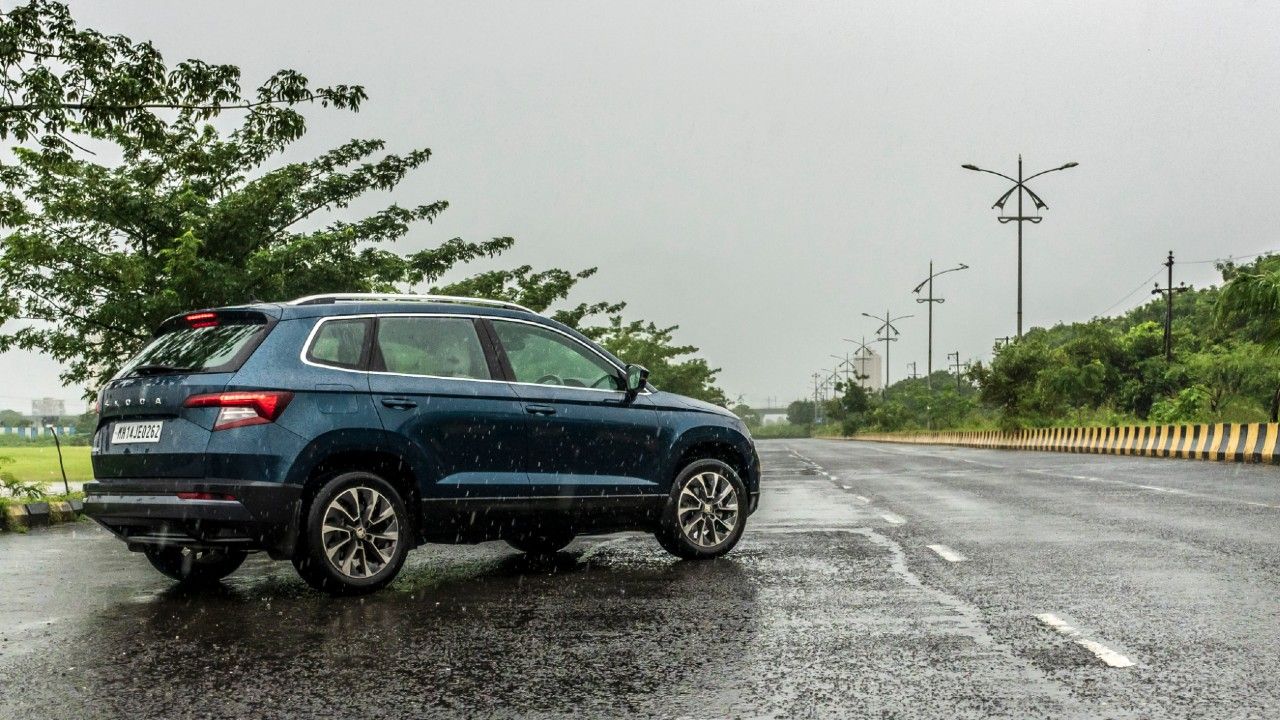
While the Karoq, too, has a firm suspension setup, it doesn’t feel anywhere near as stiff as the T-Roc, and that’s evident in the way it drives. Even on horrible roads, the Karoq demonstrates fine composure in its ride quality. It feels more pliant in tackling bad roads – something that you really start to appreciate while driving it in the city. Of course, this affects the handling of the car. Its lateral movement is higher, steering is relatively lighter, and it is larger too – all these aspects rob it of the sheer confidence and sportiness that the T-Roc exudes.

Czech or German?
So, is the Karoq really worth the premium it demands? The short answer is, yes. For the additional Rs 5 lakh, you get a larger car, with more space, better interior quality, as well as some additional features and safety tech. The little bit that the Karoq loses out on in terms of performance and handling, it more than makes up for in terms of ride quality. That being said, you can’t simply write-off the T-Roc, as it appeals to more focused customers for whom driving pleasure is the crux of the car buying decision.
I must say, though, that neither of these cars offer great value for money – primarily because both are imported as CBUs. But if you do choose to invest in these ‘imported’ cars, rest assured they won’t let you down. So, which one is our pick of the two? Well, it’s the Karoq for daily duties every day of the week, but the T-Roc for that enjoyable Sunday drive.
Also Read:
Engine: 1,498cc / 4 cylinders / 16 valves / Turbocharged / Direct Injection
Fuel: Petrol
Transmission: 7-speed DSG / Front-Wheel Drive
Power: 148bhp @ 5,000 – 6,000rpm
Torque: 250Nm @ 1,500 – 3,500rpm
Price: ₹25 lakh (Ex-showroom)
X-factor: Safe, practical and spacious, the Karoq is everything you need from a family SUV.
| Pros • Premium interior • Practicality | Cons • Expensive • Modern tech absent |


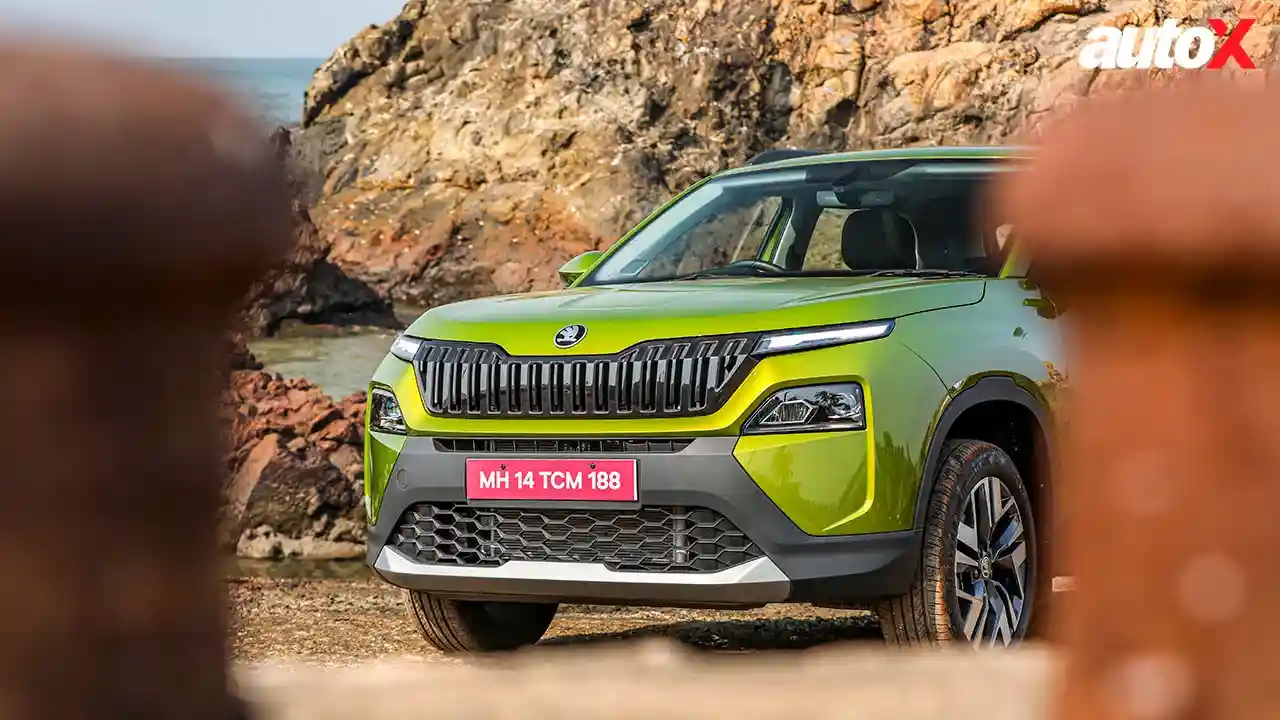
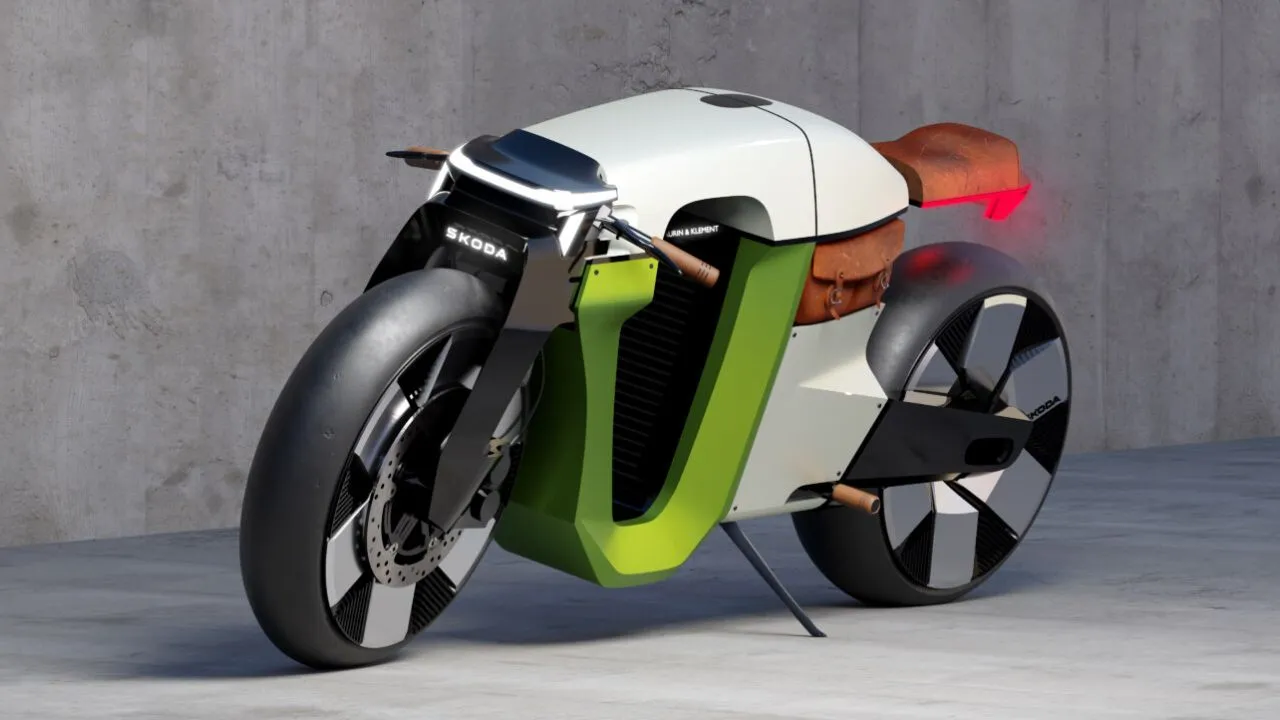
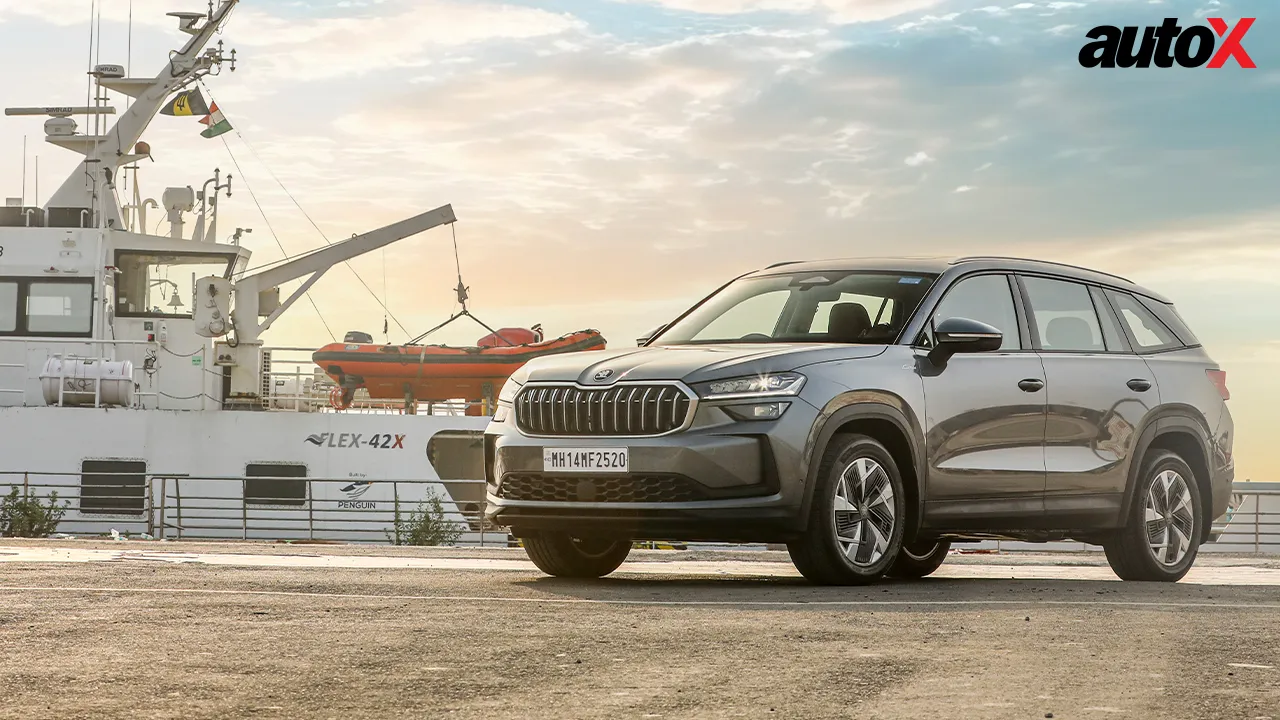
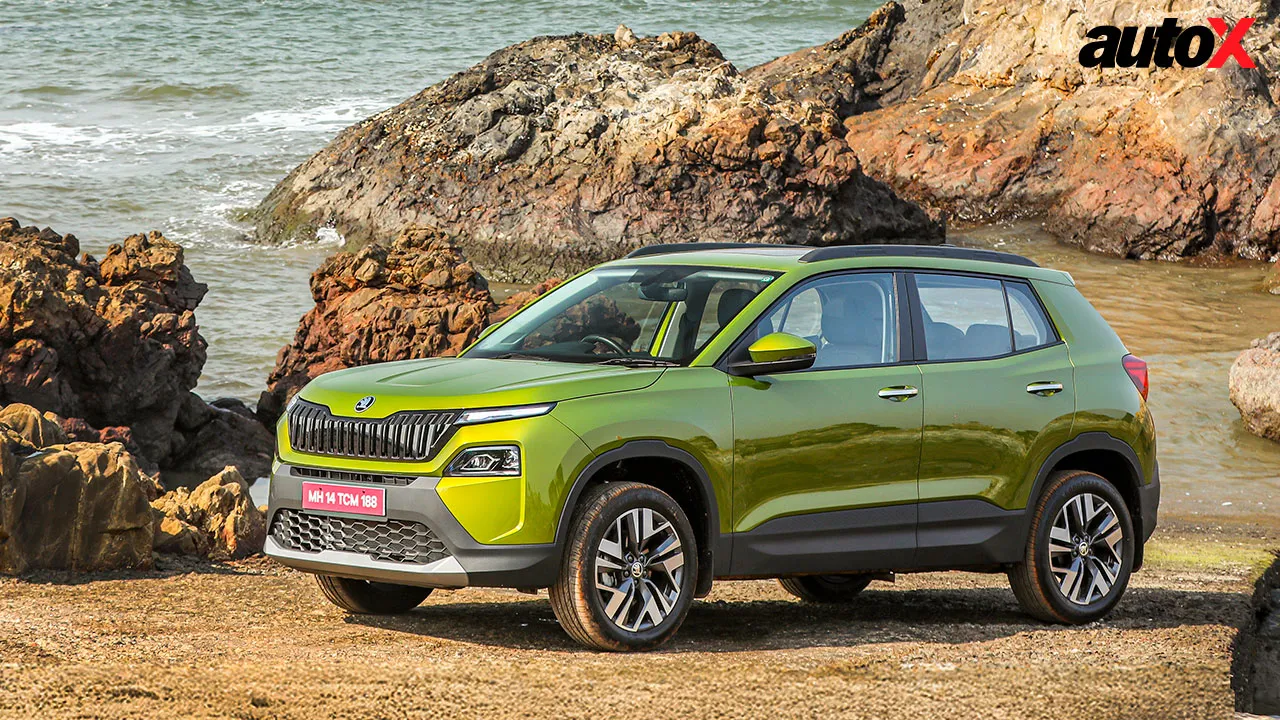


Write your Comment on